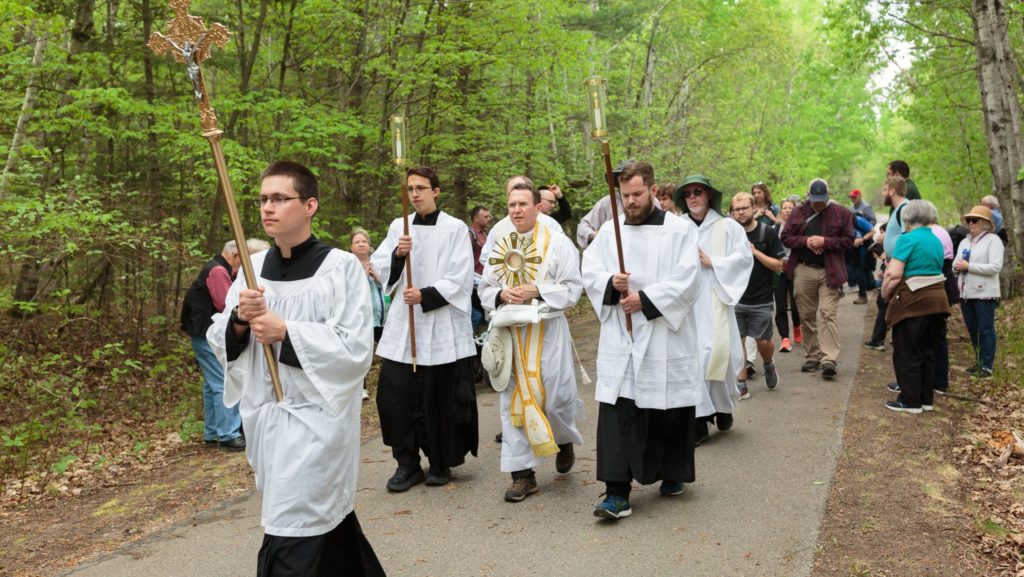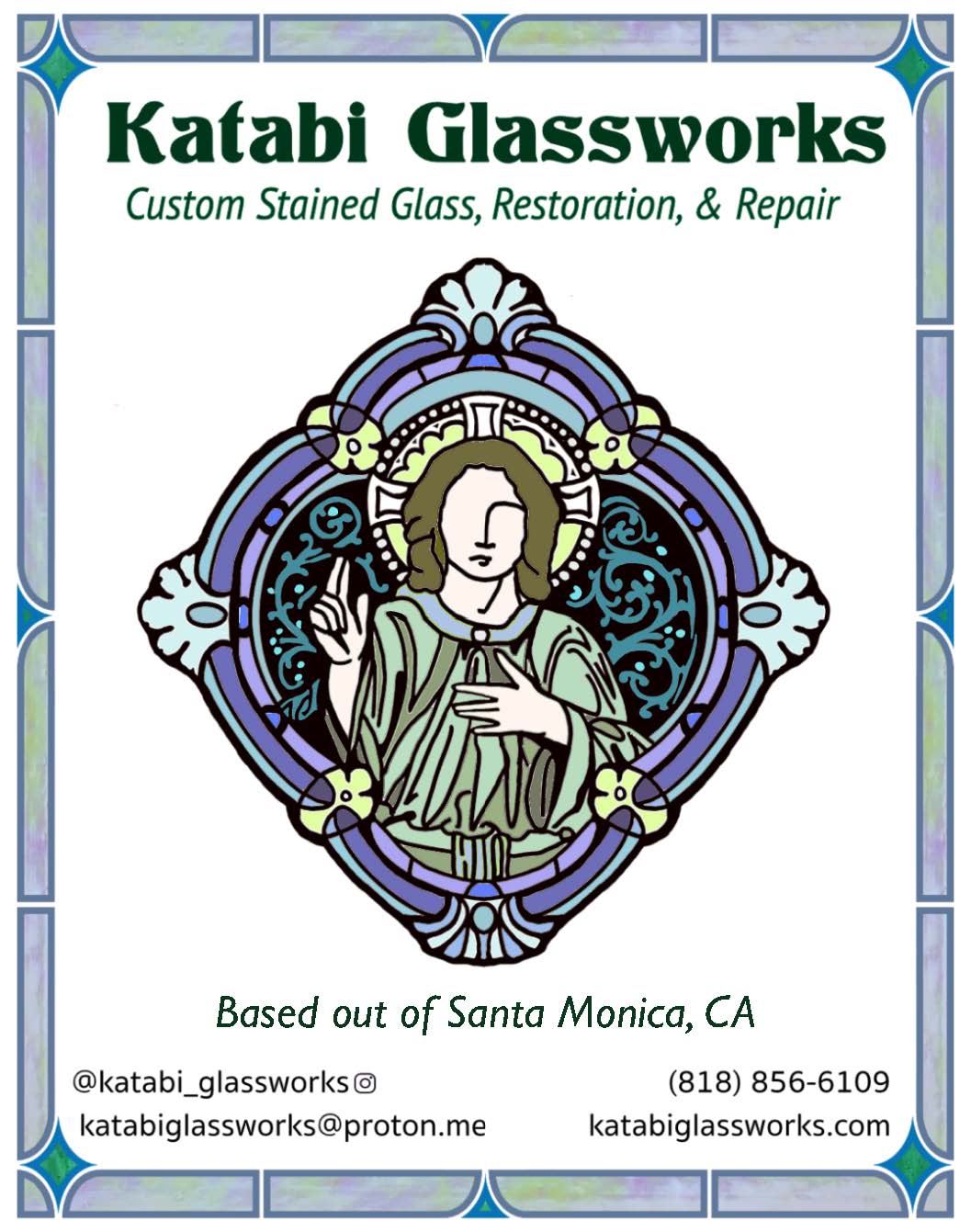Organizers of the 2025 National Eucharistic Pilgrimage shared details today about the planned 3,340-mile trek that will see Jesus in the Eucharist carried across 10 U.S. states by a cadre of young Catholics, with members of the public invited to join in walking and special events along the way, beginning May 18.
The pilgrimage, dubbed the Drexel Route, will open with a Mass of Thanksgiving in Indianapolis on Sunday, May 18. The route then heads northwest through Illinois to Iowa before turning to the southwest and descending through Missouri, Kansas, Oklahoma, and Texas.
From Texas the route continues roughly west through New Mexico, Arizona, and finally California, culminating in a Mass, Eucharistic procession, and festival on June 22 in Los Angeles.
As with last year’s groundbreaking four simultaneous Eucharistic pilgrimages, which started at the edges of the country and eventually converged in Indianapolis for the 10th National Eucharistic Congress in July 2024, a small group of young adult “Perpetual Pilgrims” will accompany the Eucharist the entire way, while any person wishing to join for small portions of the route will be able to sign up to do so for free.
Bishop Andrew Cozzens of Crookston, Minnesota, who is spearheading the U.S. bishops’ multiyear National Eucharistic Revival, said at a Thursday press conference that Catholics who participate in any part the pilgrimage this year have the opportunity to obtain an indulgence — a grace granted by the Catholic Church, through the merits of Jesus Christ, to remit from a person the temporal punishment they face for past sins that have already been forgiven.
Cozzens thanked Pope Francis for granting the “very special grace” of the indulgence and said the official decree from the Apostolic Penitentiary announcing the indulgence will be shared “as soon as possible.” The Apostolic Penitentiary made a similar decree for last year’s pilgrimages.
The goal of the pilgrimages is to bear public witness to the truth that Christ is truly present in the Eucharist. Organizers say that an estimated 250,000 total people participated in the four national pilgrimages last year.
Numerous meaningful stops, events planned
The 36-day Drexel Route, named for St. Katharine Drexel (1858–1955), will take the procession through 10 states — including the country’s two most populous, California and Texas — as well as through 20 Catholic dioceses and four Eastern Catholic eparchies.
Masses at stops along the way, which include numerous shrines and cathedrals, will be offered in various languages and liturgical styles, including the Traditional Latin Mass, Gospel choir, praise and worship, Vietnamese, and Spanish, representing five different rites of the Church.
In keeping with the ongoing Jubilee Year of Hope in the worldwide Catholic Church, the focus of the Drexel Route is on “hope and healing,” with visits planned not only to churches but also to “prisons and nursing homes and places where people need hope,” Cozzens noted.
Service projects and encounters with the poor and those in need are planned, including opportunities to serve the homeless, visit hospice facilities, and participate in a service project with Catholic Charities.
Special Masses and prayers will be offered for the Wichita, Kansas, plane crash victims; at the Oklahoma City bombing memorial; at the southern border; and in areas impacted by wildfires in Los Angeles. Numerous holy men and women have ties to planned stops, such as the tomb of Venerable Fulton Sheen in Illinois and the Shrine of Blessed Stanley Rother in Oklahoma City.
Organizers also highlighted the planned pilgrimage stop at St. Monica’s Catholic Church and School in Kansas City, Missouri, a parish with historical ties to St. Katherine Drexel and a vibrant Black Catholic community.
The schedule of public events for each diocese along the Drexel Route is now officially available on the National Eucharistic Congress website. Prayer intentions for the Perpetual Pilgrims to carry with them on their journey can be submitted here.

